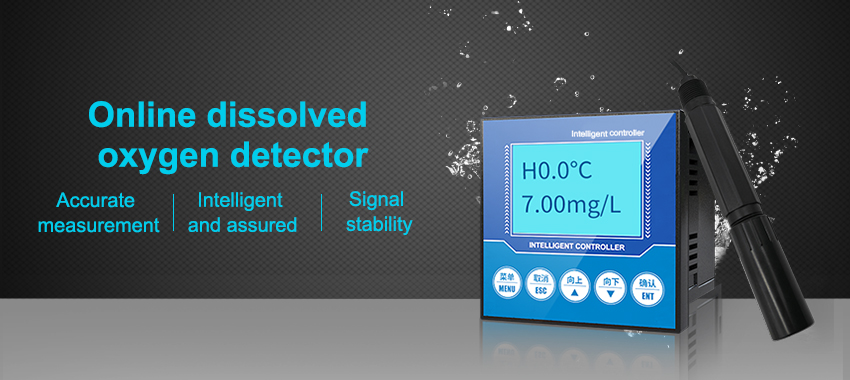overview
Like all industries, the beer industry is adapting to changing times and using innovative technologies to meet the needs of modern society. This article will provide an overview of how sensors are used in the industry and briefly explore the companies that are leading the way in this technological revolution.
The Modern Brewing Industry
Brewing is a key economic activity in many countries. In 2020, the market size of the global beer industry was ~$605 billion, with this figure predicted to rise to over $800 billion by 2030. Rapid population growth, urbanization, and individuals’ improving finances have led to the demand for high-quality products. Consequently, consumer preferences have shifted, especially amongst younger, aspirational drinkers in developed economies, for different beers than traditional market sectors have demanded.
Several global players have emerged in recent decades in the beer industry, including China, India, the Czech Republic, and the Caribbean nations. These markets have challenged the traditional market players, and there has been an exponential growth in upcoming breweries offering new types of beer and other alcoholic beverages.
The modern brewing industry must meet stringent health and safety, hygiene, and quality standards. Government regulations have been enacted over the years to tightly control the alcohol content, quality, and type of beer that can be sold and distributed in international markets.To meet the stringent demands of the modern alcoholic beverage market, companies are increasingly turning to innovative technologies. AI, the Internet of Things (IoT), automated systems, robotics, and sensors are becoming essential for the modern brewing industry.

What are Sensors Used for in the Beer Industry?
Process sensors enable increased automation in the beer production process, improving the efficiency of the process, quality control, and the quality of the final product. Transmitters, sensors, and measuring equipment work together to extract, collate, and analyze critical process data and provide constant, 24-hour a day monitoring of the various stages of the manufacturing process.
Utilizing sensors allows manufacturers to assess several process parameters. Pressure, fill level, temperature, flow, and conductivity of media can all be monitored in real-time. Precise analysis and differentiation of fluid media can be achieved, and fast temperature compensation and response times improve efficiency and reduce spoilage and waste.
Pressure sensors, switches, and transmitters enable precise measurement of pressure in equipment, which is critical for safety issues during manufacturing. These sensors monitor relative pressure, absolute pressure, and vacuum in pressurized containers and equipment.
Temperature sensors are used to monitor the temperature of the mash during the brewing process but are also used to monitor the temperature of cleaning agents, regulating the process. The return temperature of the cleaning agent is constantly monitored to determine when the desired set point has been achieved for timer initiation. RTDs and thermocouples are typically used and, while accurate, are invasive, requiring direct contact with the cleaning agent.
Waste is another key issue in the brewing industry. The presence of excess oxygen, for example, ruins beer quality and leads to shortened shelf lives. Foaming causes excess dissolved oxygen in the product.Fill levels may not be consistent, and the presence of bacteria due to insufficient quality control can lead to thousands of dollars per month being lost by brewers. Accurate and reliable sensors can address these quality, health and safety, and economic challenges.

Some companies and sensors on the market
Several sensors are currently on the market for a variety of applications in the manufacturing process. These sensors help manufacturers monitor and manage dissolved oxygen.
DO sensors provide superior performance and reliable measurements, ensuring that the final product meets the required standards of quality and taste. They use smart sensor management technology to improve predictive diagnostics and simpler calibration. The sensor utilizes optical fluorescence quenching and polarographic/current measurement techniques.
In the future
The beer and brewing industry is rapidly modernizing to meet the changing needs of the market and consumers. The growing popularity of sensors in the beer industry, and integration with innovative solutions such as the Internet of Things and artificial intelligence, is driving a technological revolution in the industry, providing significant improvements in quality, health and safety, waste reduction and economic opportunit